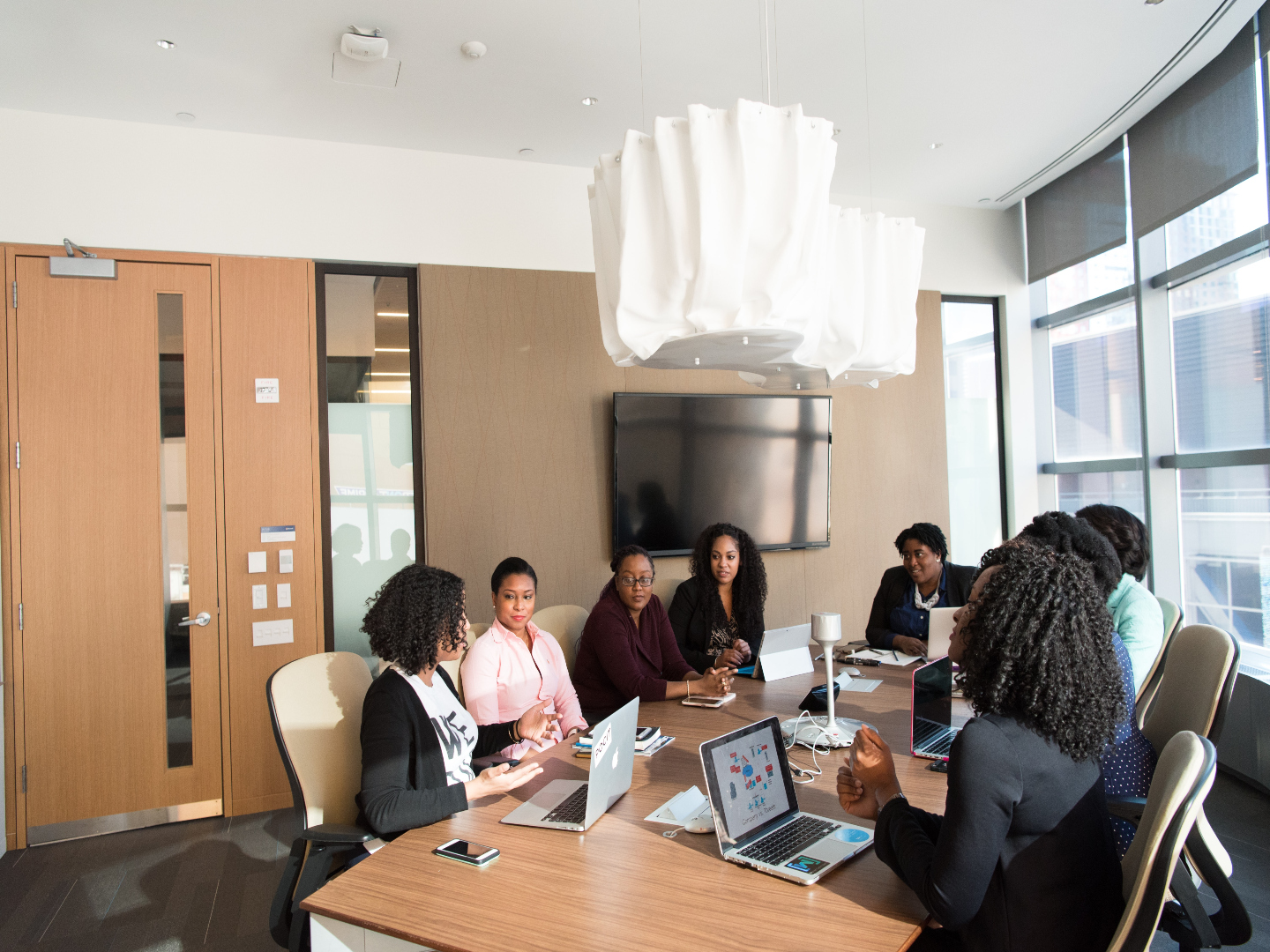
As buyers evolve, it’s important that sellers adjust their sales discovery process to align with these changes. There has been a major shift in how companies do business, including how they make a purchase. Buying groups have grown; in some cases, the number of people involved in a purchase decision has doubled. And that’s not the only change.
Why your sales discovery process must evolve
Chris Cameron, sales professional at Revegy, points out that not only are buying groups bigger, but also more informed.
He writes, “The other major change that we’re seeing is that buyers are significantly further along in their buying journey by the time they’re ready to speak with a salesperson. In fact, Gartner tells us that buyers will only spend 17% of their evaluation time meeting with potential vendors while spending 27% of their time doing independent research online.”
SalesFuel’s own research supports this. Nearly 30% of buyers conducted online research of all the various suppliers/vendor options before contacting a vendor. 16% even say they’ve already decided on a purchase when they reach out.
These changes can present new challenges for your sales discovery process.
Competing priorities. As the number of people in a buying group increases, the number of opinions and priorities increases. This can make mutual decision-making even more difficult than in the past.
Longer buying cycles. Longer buying cycles not only mean more time is spent working to reach a deal, but also sellers are challenged with tracking where buyers are in the process.
As Cameron writes, “The challenge for salespeople is understanding what stage of the process the buyer (or at this stage, the researcher/evaluator) is in and how best to support them in their journey toward a formal buying cycle…When is the buying group ready to engage in a formal buying cycle? And of course, what’s on the top of every sales executive’s mind – how do we forecast it?”
Another challenge caused by larger buying groups is increased turnover rates. “The Great Resignation” continues, and often, top decision-makers (C‑suite employees) are the ones coming and going. This affects sales discovery’s effectiveness if sellers can’t rely on who will be involved in the purchase and who won’t.
What can sellers do?
Despite these challenges, sellers can conduct an effective sales discovery process. And just being aware of these shifts in buying groups gives you the upper hand. Then, take actionable steps to control as much of your situation as possible.
Map your contacts. “As buying groups become more complex, we need to identify what we know, and equally as important, what we do not know,” he explains. “Those blind spots will ultimately come back to bite us during the sales process. We need to understand who we’ve interacted with during the sales process and who we haven’t but would expect to meet.”
Understand each buyer’s priorities and motives. As mentioned earlier, groups are larger which can lead to a mix of differing objectives. To stay on top if everything, take the time to uncover each buyer’s primary goal/focus. Also, learn how much influence they have in the actual decision-making process. You should already do this as a typical part of the prospecting and discovery process; you’re just adjusting to include the growing number of buyers. SalesFuel has a large collection of actionable advice for gathering pre-sales intelligence; you can find it here.
Also, Cameron suggests asking yourself the following:
- What goal or goals is the organization trying to achieve?
- What is getting in the way of achieving those goals, and what does it cost to do nothing?
- What tactical actions are they taking to alleviate those roadblocks?
- What products, features, or services does your company offer to remedy each of these issues?
Then, it’s time to build a mutual plan. If you face pushback from the buyers, it may be a sign they won't be a good fit. As Cameron notes, “This is a great qualification exercise. Are they willing to work with you on putting a plan in place? If not, they’re probably not a qualified buyer. If they are, this is an opportunity to share what your process looks like (perhaps you require a scoping call so that you can write a statement of work). Even more importantly, you understand what steps the customer needs to go through and how involved each of those may be.”
Don’t forget to multithread
A final tip is to include multithreading as you go through the sales discovery process. This technique, which you can learn about here, helps you engage with each buyer and protect yourself against losing contacts when a buyer leaves their job.
When sellers are proactive and implement these actions, they ensure their discovery process is up to date with how buyers buy. They will be better equipped to work with larger, more complex buying groups and get everyone on board.
Photo by Christina @wocintechchat.com
